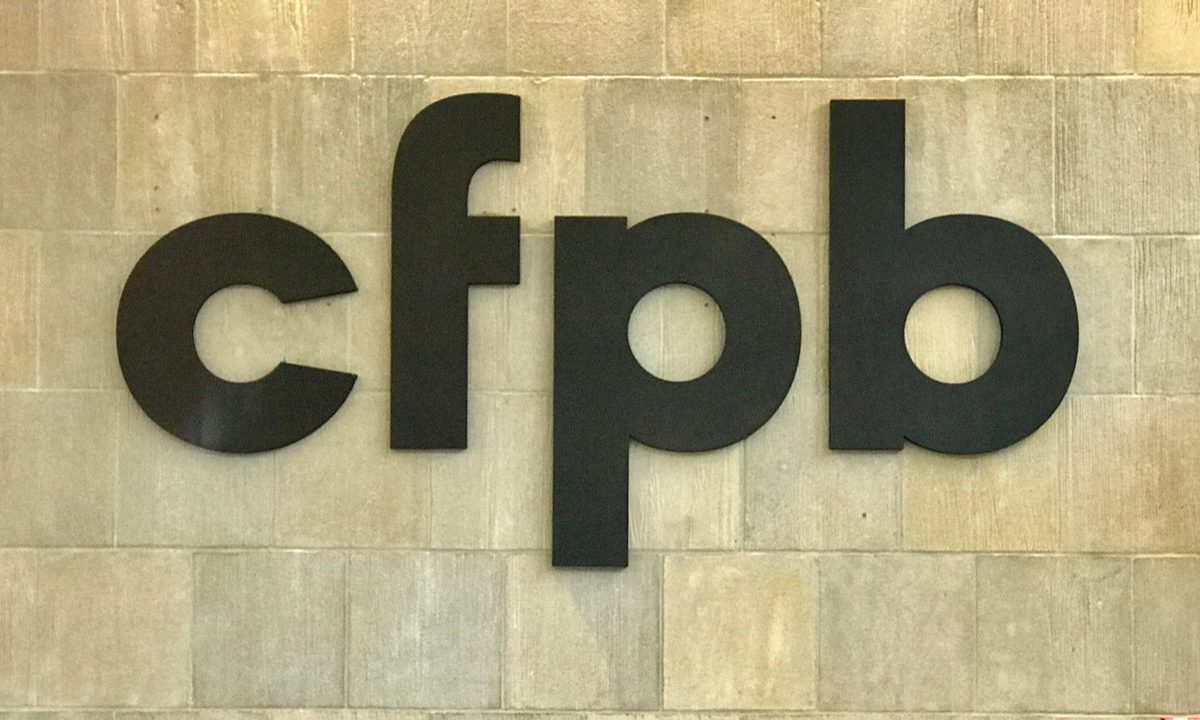CFPB’s Fee Focus May Reshape $626B Remittance Payments Industry

With a focus on fees, the Consumer Financial Protection Bureau (CFPB) may reshape cross-border payments, specifically the hundreds of billions of dollars in remittances that are sent overseas.
The CFPB is mulling restrictions on the fees themselves that are charged on each transaction as workers and families send money to one another across the globe. The CFPB is also examining the differences between money transfer firms over disclosure of exchange rates and fees — and whether those fees are in compliance with the agency’s own remittance rules.
The move by the watchdog is not unexpected. Back in October, Sen. Elizabeth Warren sent a letter to the CFPB (signed by several other Democratic senators) seeking increased transparency on remittances and a strengthening of the rules in place.
The final rule issued by the CFPB, which dates back to 2020, declares that providers must disclose the exact exchange rate and fees and must also disclose the final amount that can be expected by the recipient.
But, per Warren’s letter to the CFPB, several providers have been layering in additional costs through inflated exchange rates even while touting low/zero fees. In addition, there’s room for remittance providers to estimate non-covered third-party fees, which are the fees levied by the remittance recipient’s institution for getting those monies into an account.
The World Bank has estimated that remittances to low- and middle-income countries totaled $626 billion last year, and within that, the United States is the largest “sending” nation at $72.7 billion. Separately, ), the fee structure can vary wildly, according to the International Monetary Fund (IMF), at 2.9% to more than 10% paid by the sender (in this case, based in the U.S.), depending on the corridor. The World Bank pegs the cost of a $200 remittance at an average of 6%.
Digital Opportunities
A few stats stand out from the World Bank report, which indicated the opportunity that lies ahead for digital remittances, and with those digital channels, greater speed and transparency. The bank estimated that only 1% of total transaction volumes are done through those electronic-only channels.
Cryptos have made some inroads here. According to a study by PYMNTS and Stellar Development Foundation, nearly a quarter (23%) of consumers surveyed who made online cross-border, peer-to-peer (P2P) payments sent money using at least one kind of cryptocurrency, while 13% of consumers said cryptocurrencies were their most used payment method for online cross-border remittances.
Several digital-only providers have been entering the remittance arena, linking up with entrenched players. Money transfer service businesses MoneyGram International and Jingle Pay announced a partnership in October to enable global money transfers through the Jingle Pay app. And PayPal’s Xoom now lets U.S. customers send money to eligible Visa debit cards in 25 countries.
Fining Some Smaller Players
There’s already evidence that the CFPB has been pushing for change in the form of orders that some money transfer firms refund fees and pay penalties. In one example, Servicio UniTeller, an international remittance company, was fined $700,000 for failure to follow remittance rules, in part, due to customer disclosure. In another example, and as noted in this space, Choice Money was fined $950,000 for not accurately disclosing fee information to senders.
The jury is still out as to just what the new fee structures might be, and what Congress might do in the months ahead. Thus far, a cap does not seem to be on the table, but boosting disclosures and other back-office requirements may hit margins for the smallest nonbank players.
In the meantime, as recently as Tuesday morning (Jan. 17), Wise (formerly TransferWise) reported a 28% jump in cross-border volume to 26.4 billion British pounds (about $29 billion).
One path toward cheaper, faster and more transparent remittances might be the (eventual) interoperability of faster payment schemes as various “rails” and infrastructure buildouts link up. India, for example, has been widening access to the Unified Payments Interface (UPI) to non-resident Indians in several countries.
Those countries include Singapore, the United Kingdom, Australia, Canada and the U.S. Interoperability between UPI and Singapore’s own near-instant, real-time payments network is expected to come soon, per central bank officials. The interoperability will have some immediate impact, as the direct interactions would reportedly reduce remittance costs by 10%.
